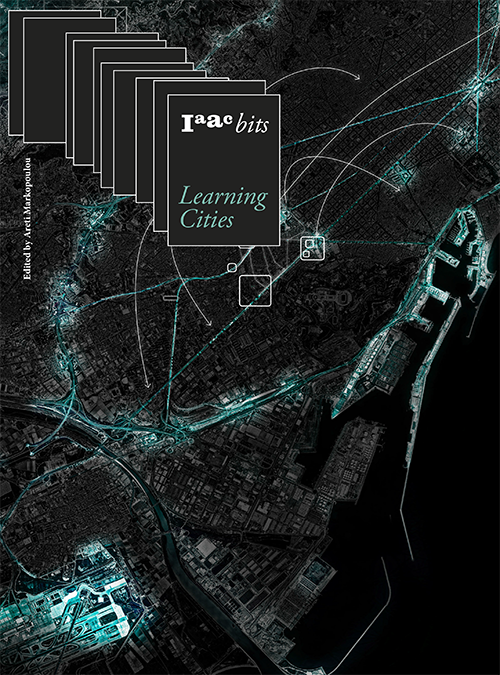Edited by Areti Markopoulou
[…]
The narrator of Leo Tolstoy’s Kholstomer is Strider, a horse. The Russian writer conjures up the equine nature of its raconteur as a literary device of defamiliarization: its distanced and at times deliriant point of view on mundane issues evoques what Viktor Shklovsky defines as an effect of estrangement. Strider’s astonishment while describing the concept of property is an emblematic example of this phenomena:
“Such are the words “my” and “mine,” which they apply to different things, creatures, objects, and even to land, people, and horses. They agree that only one may say “mine” about this, that or the other thing. And the one who says “mine” about the greatest number of things is, according to the game which they’ve agreed to among themselves, the one they consider the most happy. I don’t know the point of all this, but it’s true.”
With this revealing note, Tolstoy’s equine protagonist defamiliarizes the notion of property through a singular reinterpretation; under Strider’s animal lenses, property becomes a “game which they’ve agreed to among themselves” and whose existence seems to be pointless despite being “true”. The aesthetical effect produced by the eccentricity of this reinterpretation is precisely what Shklovsky has in mind when he invokes the term “estrangement”: “to make objects unfamiliar, to make forms difficult, to increase the difficulty and length of perception because the process of perception is an aesthetic end in itself and must be prolonged”. Tolstoy’s literary instrumentalization of a non-human form of alterity is particularly contemporaneous. The recent conceptualization within various disciplines of the notion of Anthropocene is increasingly acknowledging the biological, geological or technological dimensions of our cultural stage, configuring an imago mundi that, since it can no longer be entirely decoded through human parameters, invokes in us a more or less intense feeling of estrangement. The discipline of urbanism is certainly no exception regarding these multispecies alliances: the generalization of artificial intelligence (AI) in urban design is progressively altering the latter’s methods, discourses and practices, and despite it is still probably too early to identify the exact direction of these transformations, their depth appears to be leaving a remarkable trace both in practice and research. However, despite this reasonable uncertainty, it does not seem particularly risky to affirm that urban design processes associated with AI are today almost exclusively brandishing a Prometheic agenda: most of them are propelled by a techno-scientific program whose predominant concern with notions such as improvement, optimization, automatisation, efficiency, prediction, monitoring, adaptation, calculation, or self-regulation is frequently obscuring the political or aesthetical dimensions that might emerge out of these transpecies confederations.
Within this context and through this short essay, I would like to argue that Tolstoy’s instrumentalization of Strider’s zoological otherness might be useful to expand the role of AI in urban design by considering the former as an algorithmic otherness holding a potential source of aesthetical estrangement for the latter. Today, Artificial Intelligence and Machine Learning are not only instruments that might help us to design the city, but they are already embodied in it, and thus, they can be considered as agents deploying on the city all sorts of operative, economical, political and aesthetic dimensions. Within this context, and as an experimental figure and toolbox to make and to think, Shklovsky’s estrangement might lodge us within a stratum whose lines of flight transcend -yet not necessarily oppose- the Prometheic flavour usually characterizing the alliance between AI and urban design. More in particular, and within the city’s historical vocation of individual/collective interchanges, the perception’s de-automatization implied by processes of estrangement could affect both the materiality and design processes of urban design by challenging what has been defined as the architectural mode of perception par excellence: Walter Benjamin’s “distracted perception”.
[…]

